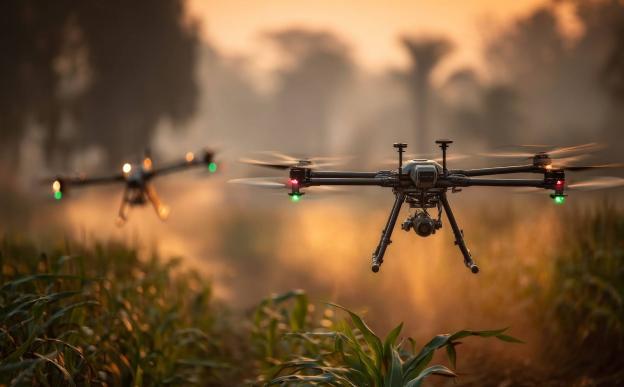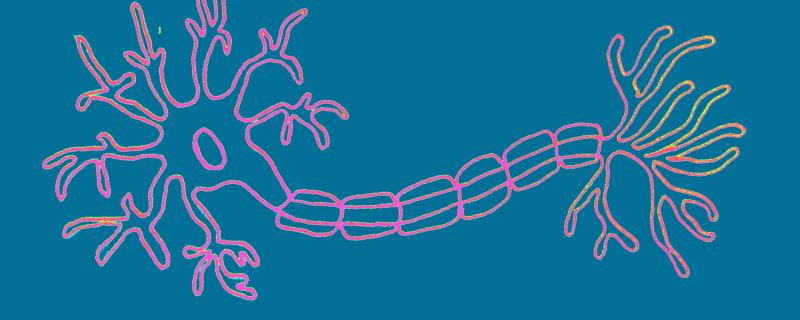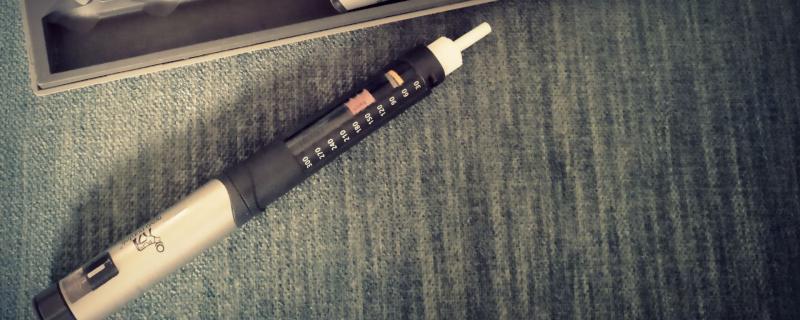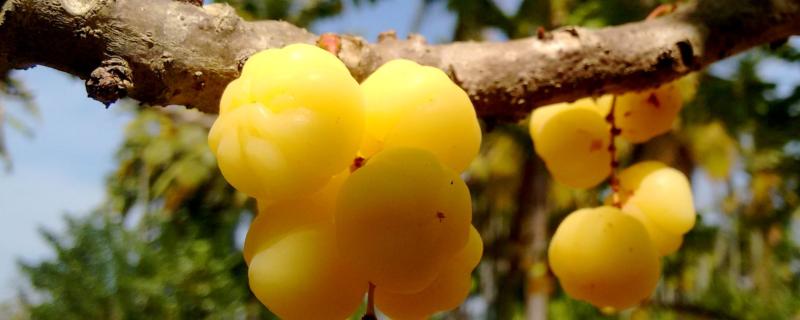Zika virus wreaked havoc in 2015 when it spread like wildfire in parts of South America, causing microcephaly in babies born to infected mothers, neurological disorders, and poor pregnancy. Though discovered in 1947, no vaccine is yet available against Zika.
Novel scheme by IIT Bombay researchers to control drones can enable complex formation flying using only camera data, without GPS or inter-drone communication.
ಮುಂಬಯಿ /



